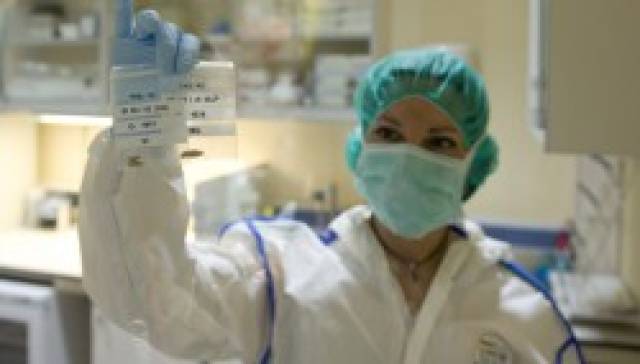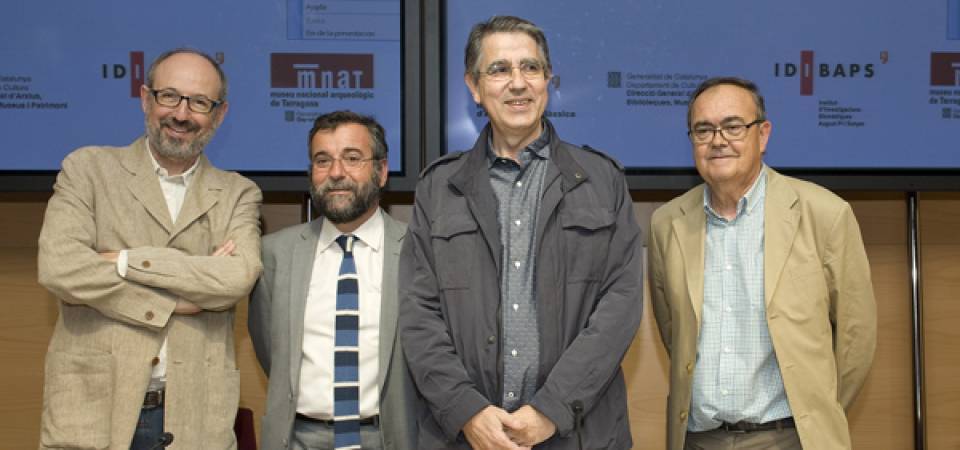The paleogenetics is a powerful tool that has traditionally been used in the study of the origin, structure and evolution of ancient populations as well as the study of the evolution of the modern diseases of microbiological origin. Until now, there were collections of old material only in museums of natural history, consisting of tissues of different animal species to interpret genetic diversity, study the conservation or the evolution of species in the past or estimate the causes of extinctions. So, there were not great collections of ancient genetic material from human samples available.
The IDIBAPS ancient DNA biobank is a scientific facility consisting in a set of samples of genetic material from Tárraco dwellers, found in different necropolis in the Tarragona area of Roman and Visigoth period between the III and VII centuries AD. The biobank makes these genetic samples available to the international scientific community to conduct anthropological studies of migratory movements and even of the genetic evolution of some of the diseases that we suffer today. It is a public facility that opens up numerous possibilities for collaboration across disciplines as diverse as biomedicine, archeology and paleoanthropology.
A scientific facility from an interdisciplinary collaboration
The ancient DNA biobank IDIBAPS is the result of a successful collaboration between IDIBAPS, ICAC and MNAT, beginning in 2011 under the European project MEDIGENE.

IDIBAPS offered its expertise in the field of management and processing of diverse human samples to this ambitious project and dedicated a specific space on its installations. This has saved many technical challenges during samples extraction, validation and storage. The ancient DNA (aDNA) is a highly fragmented and degraded material, which makes it very difficult to handle, while it is liable to be contaminated by current DNA.

"By including the collection of aDNA in the Biobank we are making available these unique samples to the international scientific community which may be used for a great variety of studies," explains Dr. Anna Bosch, Coordinator of the IDIBAPS Biobank.
"This collection demonstrates that archeology can help biomedical research from the collection and channeling of ancient human samples, and opens the door to genetic research from archaeological objects”, concludes Dr. Josep M. Macias , senior researcher at ICAC and head of the MEDIGENE project in Tarragona.
About the MEDIGENE European project
The creation of ancient DNA biobank has been possible thanks to the funds obtained by the MEDIGENE European project (Genetic and environmental factors in Obesity and/or diabetes in specific Populations) of the 7th Framework Programme of the European Community. 18 institutions from Europe and North Africa, among which there are IDIBAPS, ICAC and CIBERDEM have participated in this medical and genetic research project, coordinated by the University of Montpellier. The purpose of the MEDIGENE project is the study of genetic and environmental factors in the syndrome of insulin resistance and its complications in migratory Mediterranean populations.
You can find more information on this project in the following video.

